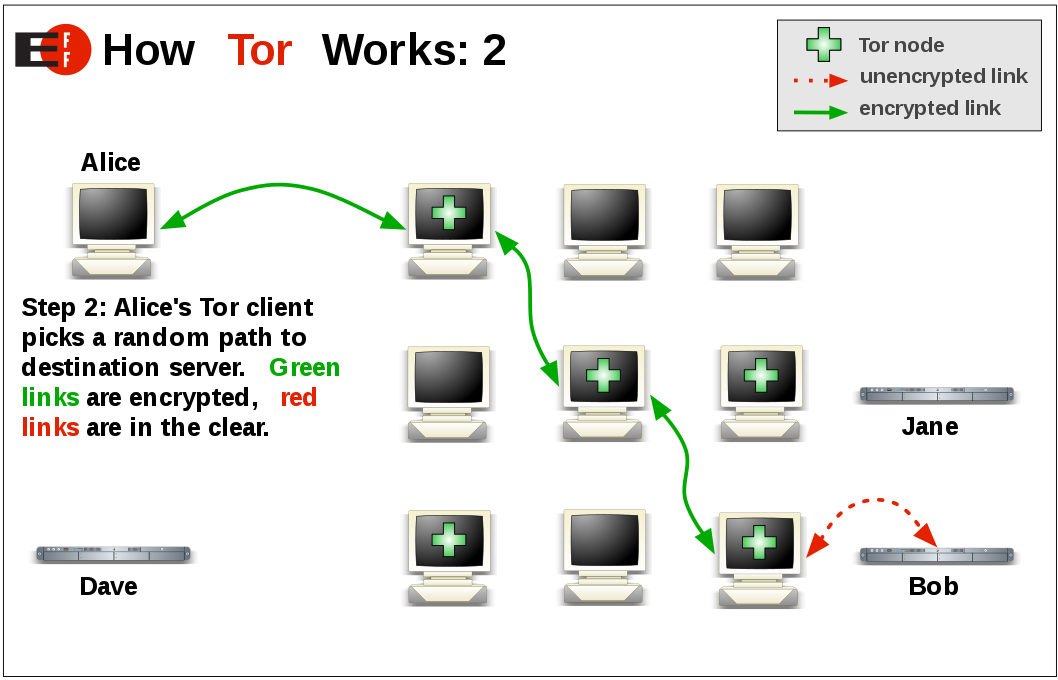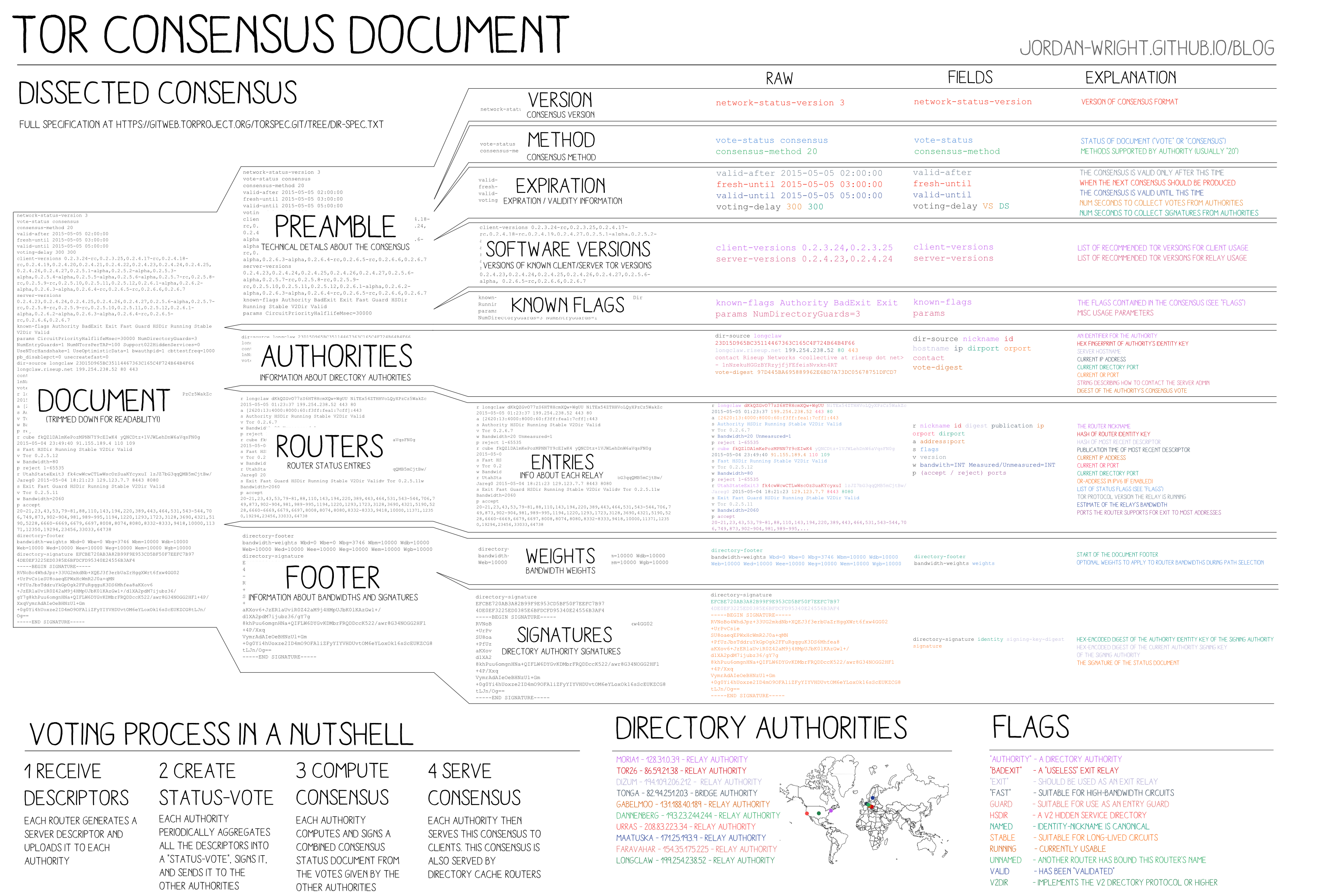1. Introduction¶
1.1. Brief introduction to Tor¶

1.3. Consensus documents¶
a single document compiled and voted on by the directory authorities once
per hour, ensuring that all clients have the same information about the relays
that make up the Tor network.

1.3.1. Why is needed to have a consensus documents?¶
so that all relays have same view of the network
1.3.2. How is consensus created¶
relays publish descriptors to a directory authority (dirauth)
dirauths exchange descriptors with each other
the dirauths that have measurements from a bandwidth scanner (4/10):
read those measurements
calculate bandwidth weights
create vote documents including the measured bandwidth and consensus weight
dirauths exchange votes
dirauths create consensus documents
dirauths publish consensus documents
1.4. Why is needed to have relays’ bandwidth measurements (aka scanners)?¶
Tor bandwidth authorities run bandwidth scanners to measure the relays capacity in the Tor network. They send their results to the directory authorities, which use them to calculate the bandwidth weights of the relays, what influences how the paths between relays and built.
The bandwidth scanners play and important role on the performance and security of the Tor network.
to distribute the network load according to relay capacity
relays self-advertise their bandwidths, but a malicious relay could self-advertise more bandwidth in order to get more circuits to it. Having more circuits makes easier some attacks (source routed?)
